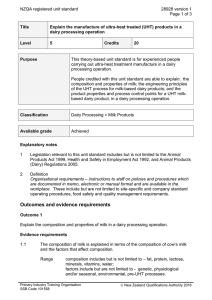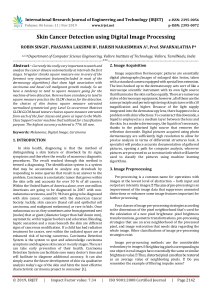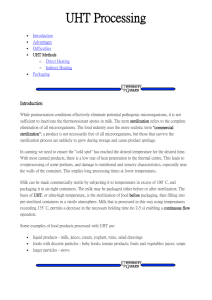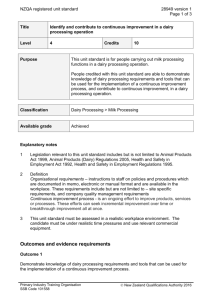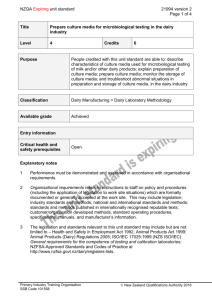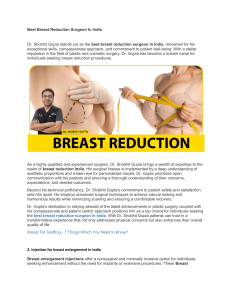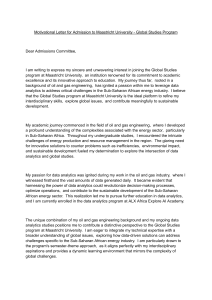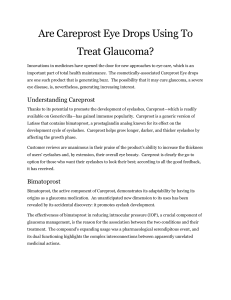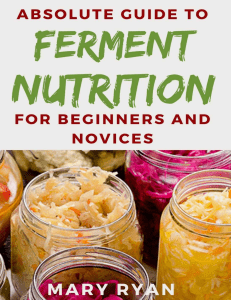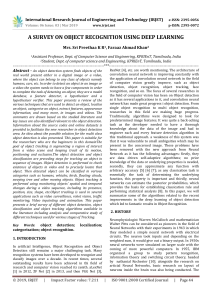NZQA registered unit standard 4304 version 6 Page 1 of 4
advertisement
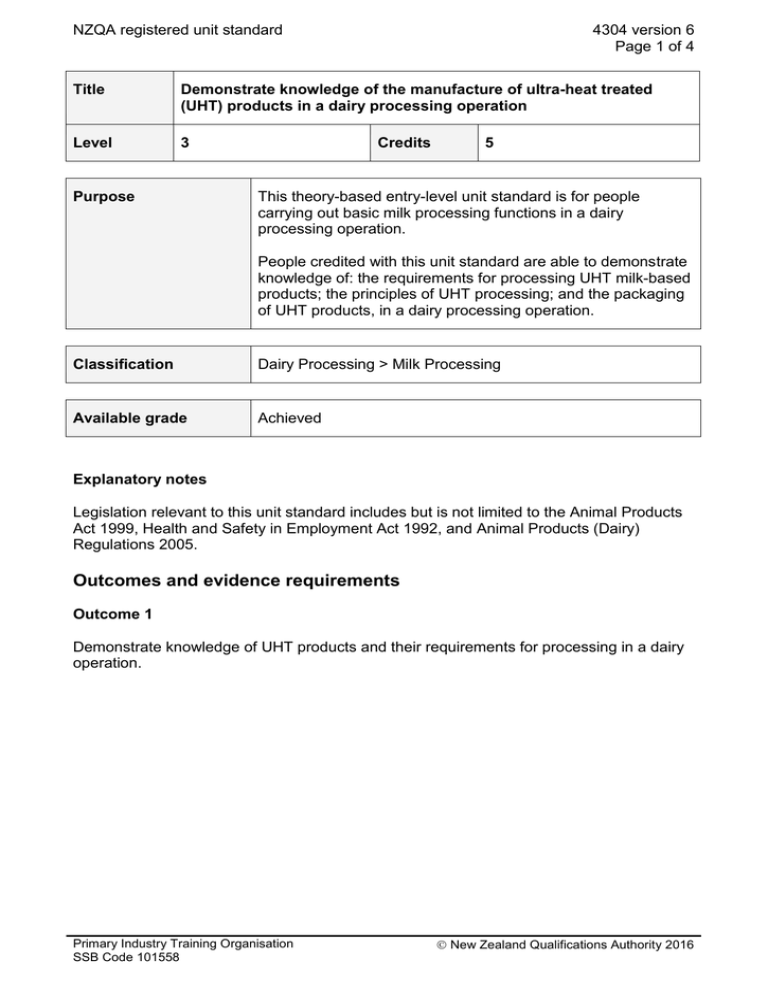
NZQA registered unit standard 4304 version 6 Page 1 of 4 Title Demonstrate knowledge of the manufacture of ultra-heat treated (UHT) products in a dairy processing operation Level 3 Purpose Credits 5 This theory-based entry-level unit standard is for people carrying out basic milk processing functions in a dairy processing operation. People credited with this unit standard are able to demonstrate knowledge of: the requirements for processing UHT milk-based products; the principles of UHT processing; and the packaging of UHT products, in a dairy processing operation. Classification Dairy Processing > Milk Processing Available grade Achieved Explanatory notes Legislation relevant to this unit standard includes but is not limited to the Animal Products Act 1999, Health and Safety in Employment Act 1992, and Animal Products (Dairy) Regulations 2005. Outcomes and evidence requirements Outcome 1 Demonstrate knowledge of UHT products and their requirements for processing in a dairy operation. Primary Industry Training Organisation SSB Code 101558 New Zealand Qualifications Authority 2016 NZQA registered unit standard 4304 version 6 Page 2 of 4 Evidence requirements 1.1 Purposes of UHT are described in terms of preservation, market access, and tailoring for customer applications. 1.2 The relationship between the main unit operations in the UHT process is described in terms of the purpose of each stage. Range 1.3 operations include but are not limited to – milk treatment, preheating, homogenisation, sterilisation, aseptic filling and packing. Uses of UHT products are described in terms of food ingredients and consumer applications. Range uses include but are not limited to – consumer products, commercial applications. 1.4 Requirements of UHT are described in terms of sterilising efficiency, commercial sterility, and the relationship between the sterilisation effect and the browning reaction. 1.5 Legislative requirements for UHT milk-based products are described in terms of minimum temperature and time combinations. Outcome 2 Demonstrate knowledge of the principles of UHT processing in a dairy processing operation. Evidence requirements 2.1 The components of a UHT process are described in terms of their functions. Range 2.2 components may include but are not limited to – preheating system, homogeniser, steriliser, holding tubes, aseptic homogeniser, reject valve; evidence is required of three components. The components of a UHT packing process are described in terms of their functions. Range components include but are not limited to – aseptic filling, aseptic packing. 2.3 Process controls of an UHT process are described in terms of their primary functions. 2.4 Principles of a UHT process are described in terms of the purpose and influences of key steps in the process. Primary Industry Training Organisation SSB Code 101558 New Zealand Qualifications Authority 2016 NZQA registered unit standard key steps include but are not limited to – raw material preparation, sterilisation, homogenisation, product cooling. Range 2.5 4304 version 6 Page 3 of 4 Cleaning and sterilising of a UHT plant is described in terms of process control variables for achieving and maintaining aseptic conditions. control variables include but are not limited to – cleaning chemicals, cleaning temperatures, cleaning sequences, sterilisation. Range Outcome 3 Demonstrate knowledge of the packaging of UHT products in a dairy processing operation. Evidence requirements 3.1 Cleaning and sterilisation of packaging materials and product and non-product contact surfaces of aseptic fillers is described in terms of achieving and maintaining aseptic conditions during filling. 3.2 Packaging materials and forms used for UHT products are described in terms of barrier properties and production of tight units to prevent contamination. materials and forms include but are not limited to – cans, laminated cartons, and thermoformed plastics, flexible pouches. Range 3.3 Aseptic packaging is described in terms of common systems used for filling and sealing of UHT products. Planned review date 31 December 2020 Status information and last date for assessment for superseded versions Process Version Date Last Date for Assessment Registration 1 28 April 1995 31 December 2014 Review 2 5 July 1999 31 December 2014 Review 3 26 August 2002 31 December 2014 Revision 4 13 June 2003 31 December 2014 Rollover and Revision 5 17 July 2009 31 December 2016 Review 6 18 June 2015 N/A Consent and Moderation Requirements (CMR) reference 0022 This CMR can be accessed at http://www.nzqa.govt.nz/framework/search/index.do. Primary Industry Training Organisation SSB Code 101558 New Zealand Qualifications Authority 2016 NZQA registered unit standard 4304 version 6 Page 4 of 4 Please note Providers must be granted consent to assess against standards (accredited) by NZQA, before they can report credits from assessment against unit standards or deliver courses of study leading to that assessment. Industry Training Organisations must be granted consent to assess against standards by NZQA before they can register credits from assessment against unit standards. Providers and Industry Training Organisations, which have been granted consent and which are assessing against unit standards must engage with the moderation system that applies to those standards. Requirements for consent to assess and an outline of the moderation system that applies to this standard are outlined in the Consent and Moderation Requirements (CMRs). The CMR also includes useful information about special requirements for organisations wishing to develop education and training programmes, such as minimum qualifications for tutors and assessors, and special resource requirements. Comments on this unit standard Please contact the Primary Industry Training Organisation standards@primaryito.ac.nz if you wish to suggest changes to the content of this unit standard. Primary Industry Training Organisation SSB Code 101558 New Zealand Qualifications Authority 2016
